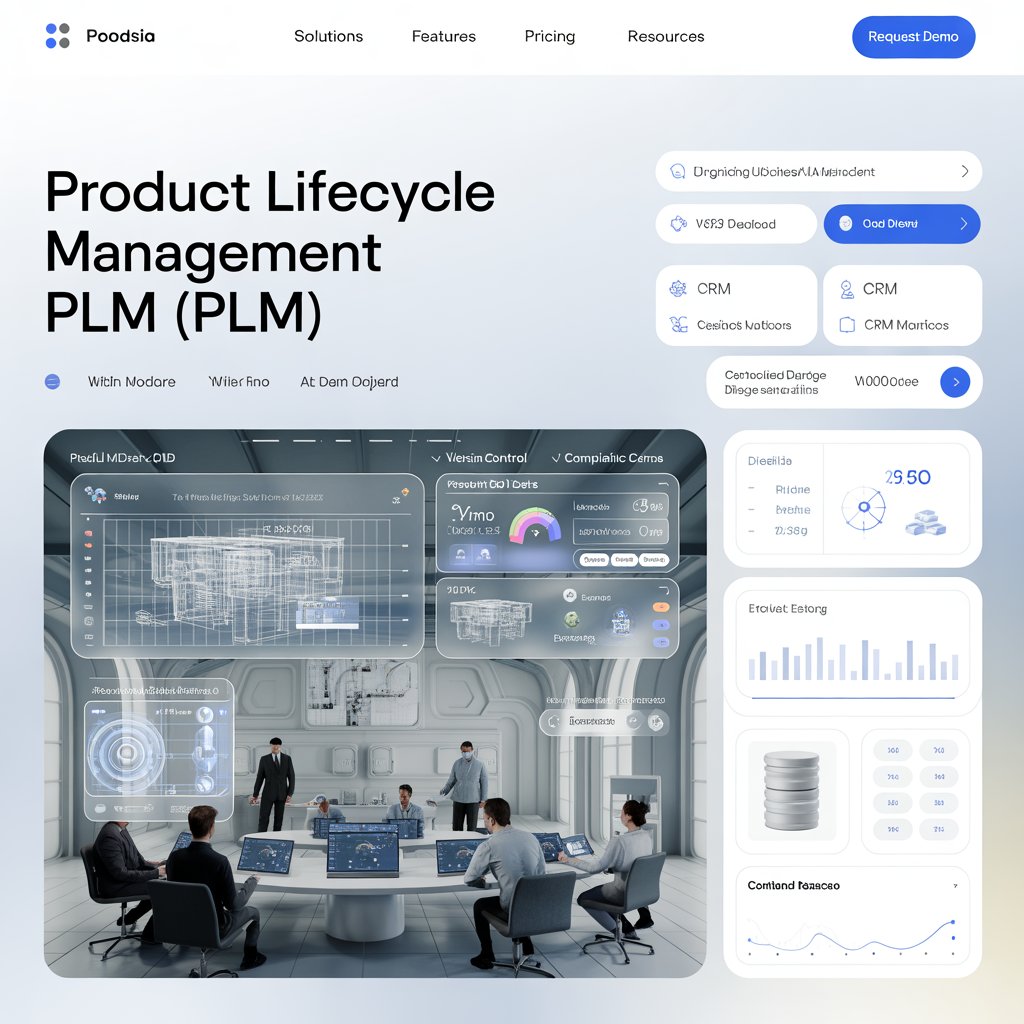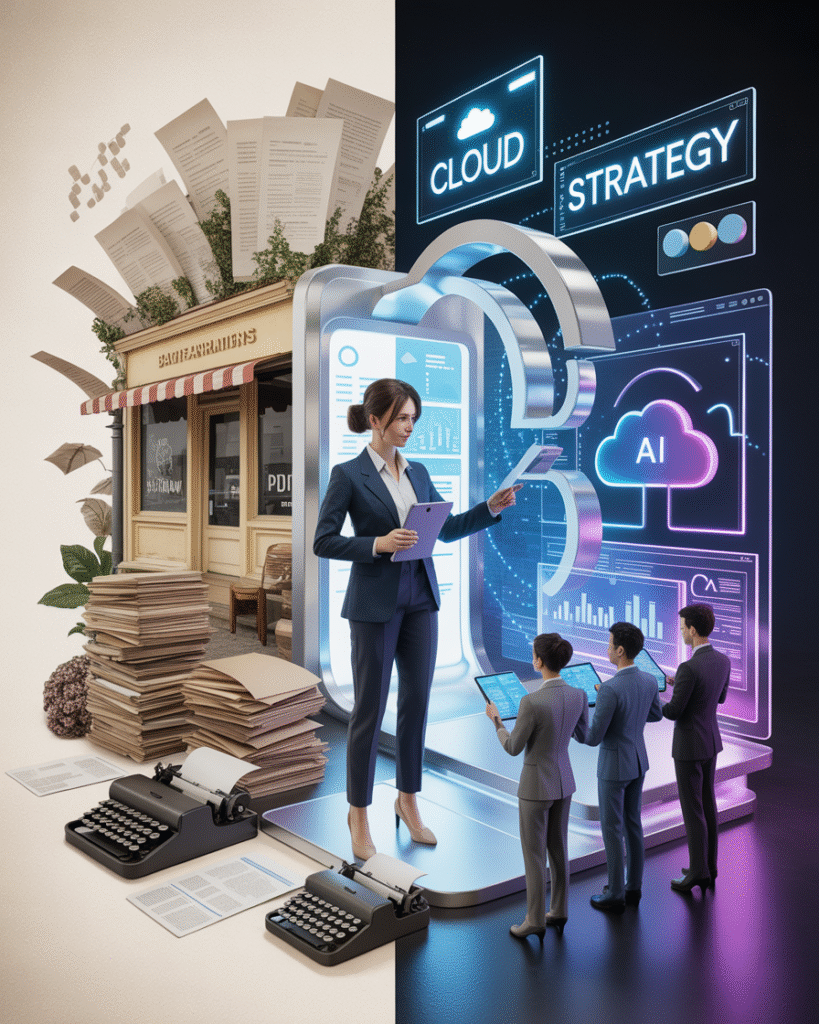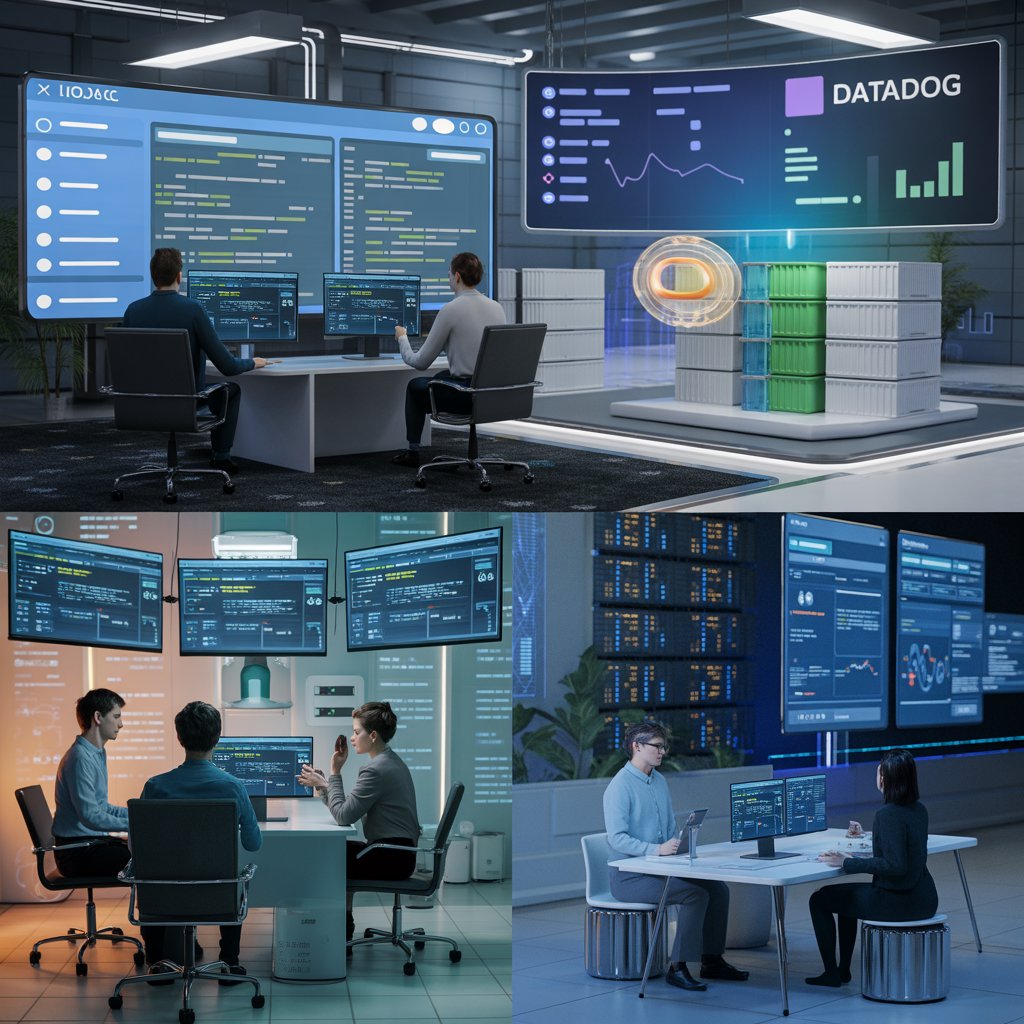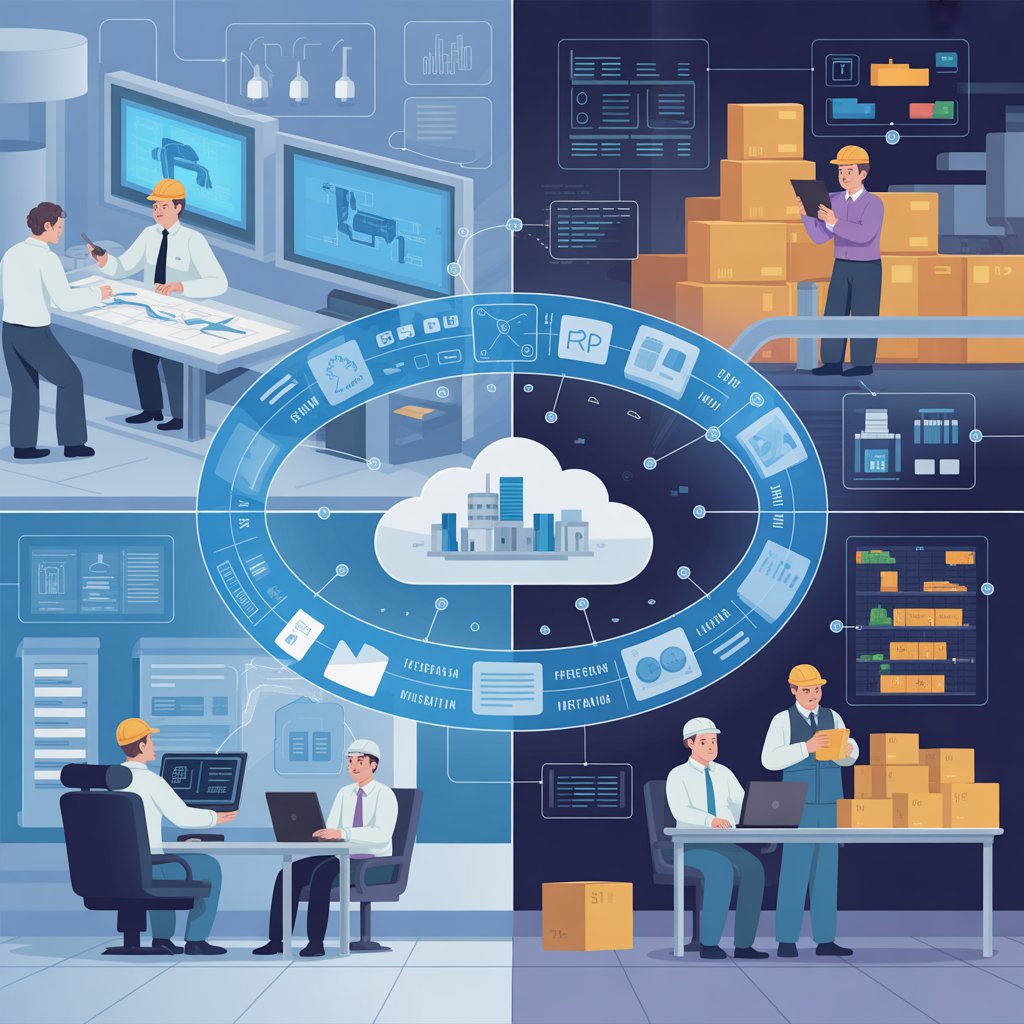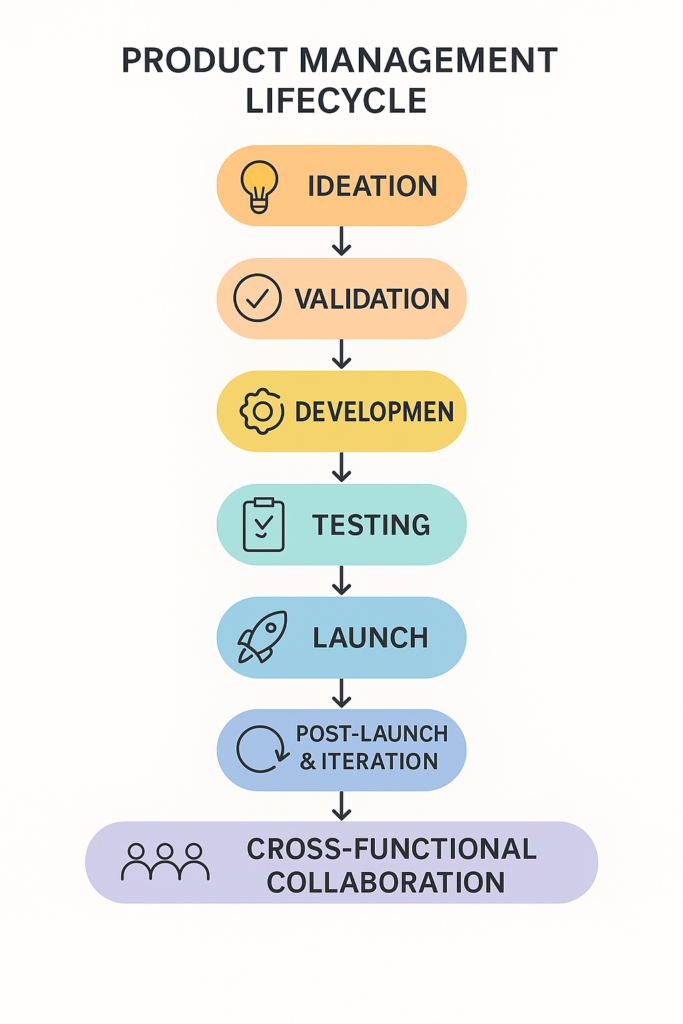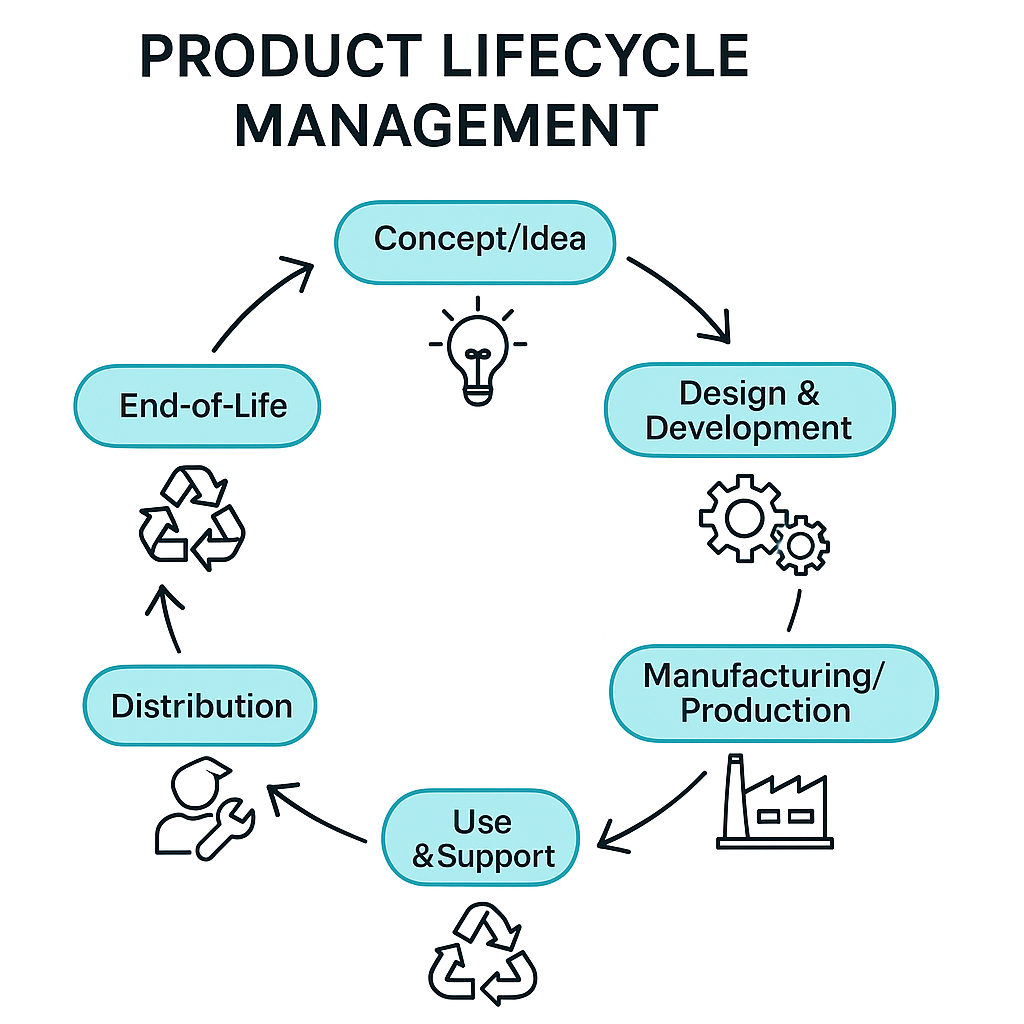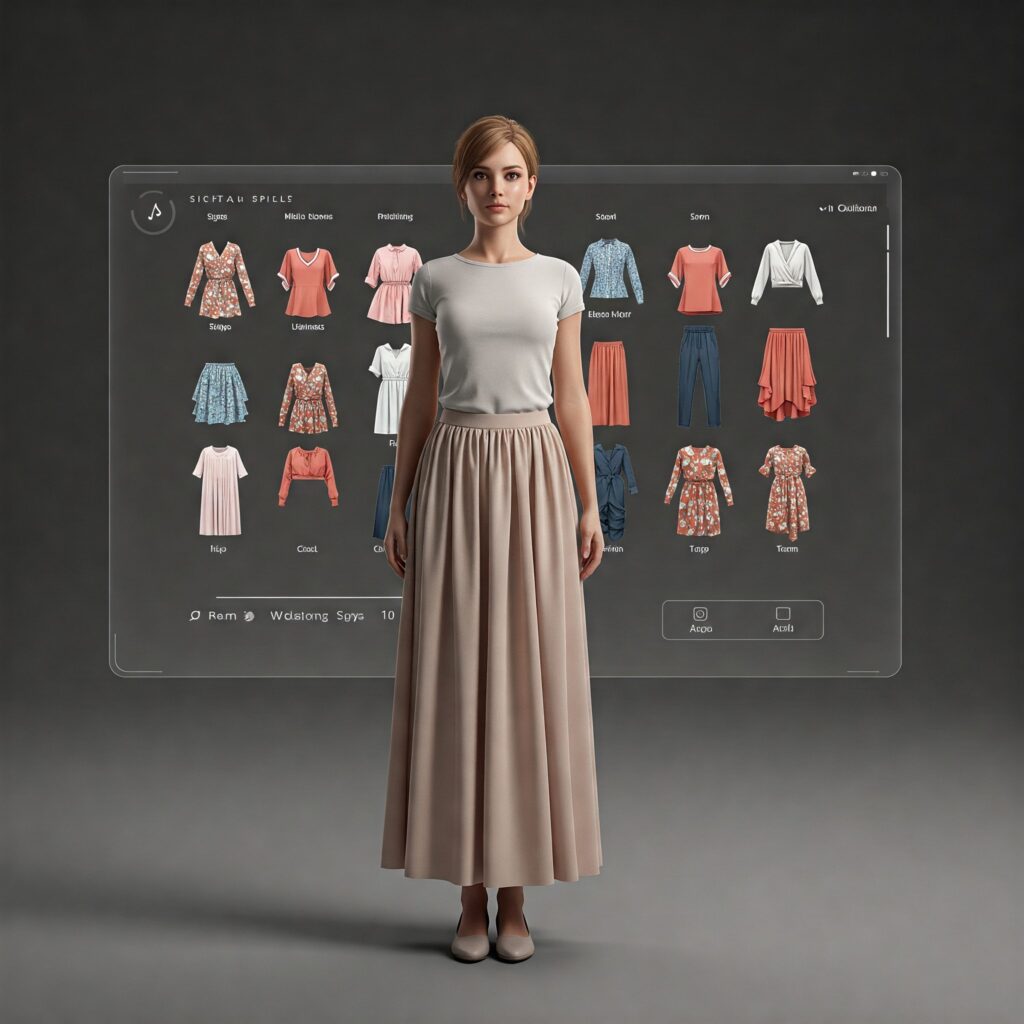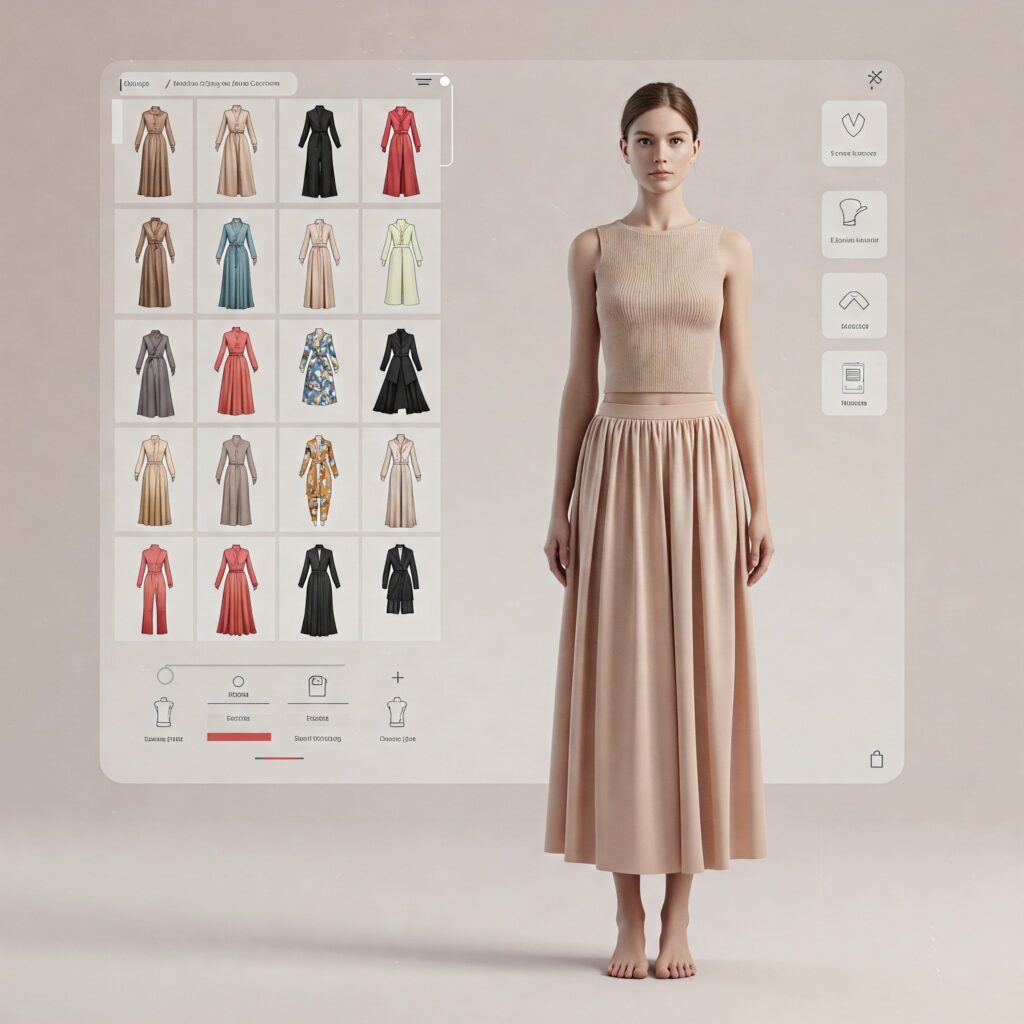PLM stands for Product Lifecycle Management. It is a system or strategy used by companies to manage the entire lifecycle of a product from its initial concept, through design and manufacturing, to its service and eventual disposal. PLM software integrates people, data, processes, and business systems, providing a centralized platform for managing product-related information and streamlining workflows.
Here are some key elements of PLM:
Product Design & Development: PLM helps in managing the design process, including concepts, prototyping, testing, and revisions, ensuring that product development is streamlined and collaborative.
Data Management: It stores and organizes all the data related to the product, including designs, specifications, and documents, ensuring teams have access to the most up-to-date and accurate information.
Collaboration: PLM fosters communication and collaboration across departments such as design, manufacturing, marketing, and sales, ensuring all teams are aligned throughout the product’s lifecycle.
Supply Chain Integration: It ensures smooth communication with suppliers and manufacturers to ensure materials and components are sourced and delivered on time.
Compliance & Quality Management: PLM systems track regulatory compliance, quality control standards, and industry regulations to ensure that products meet all required legal and quality standards.
End-of-Life Management: PLM also helps companies manage a product’s retirement, whether that involves recycling, replacing parts, or discontinuing the product altogether.
In essence, PLM is all about improving efficiency, reducing time-to-market, and ensuring products meet customer and market expectations through their lifecycle.
